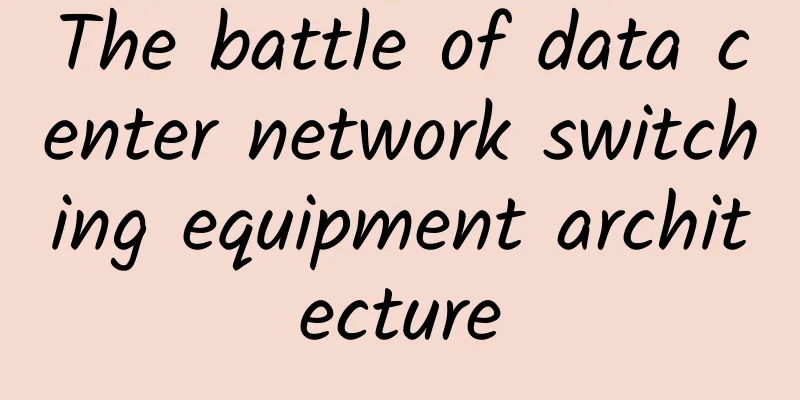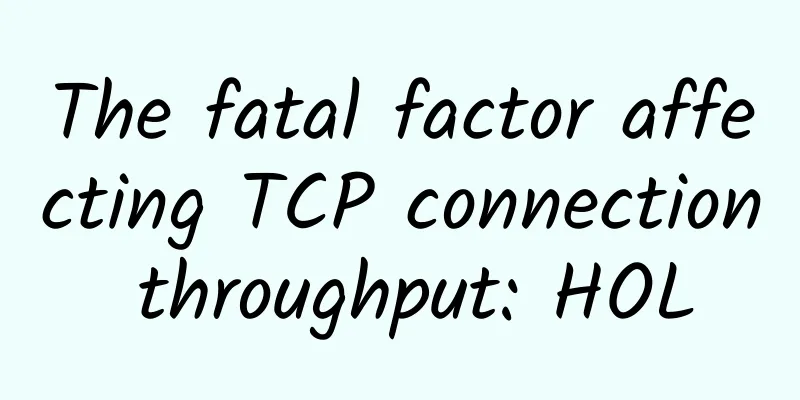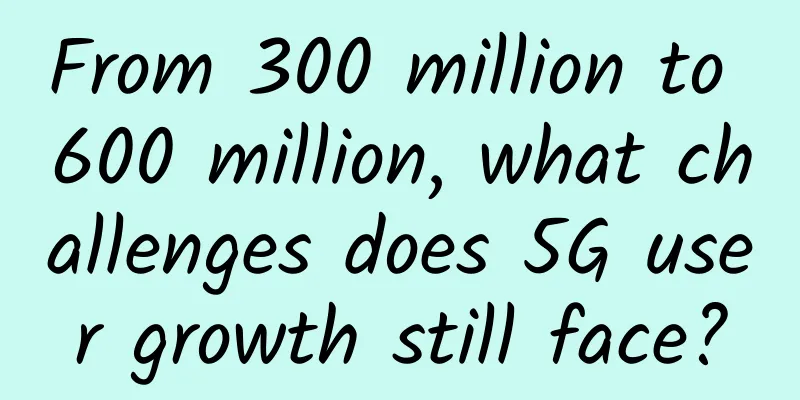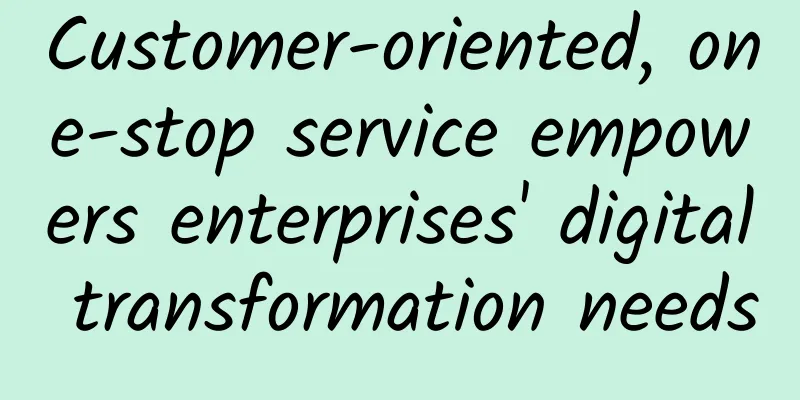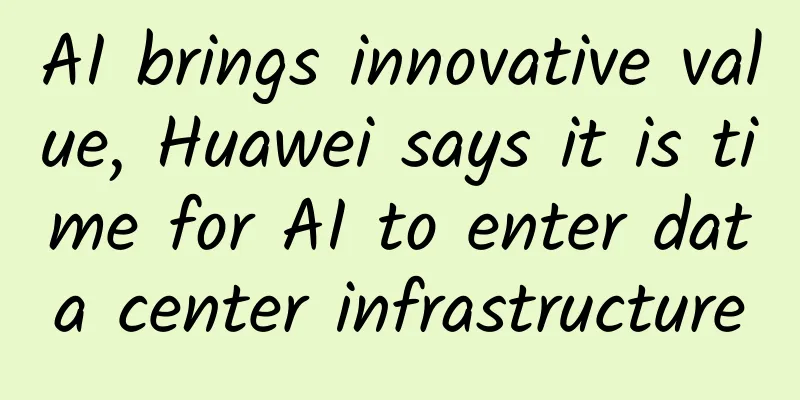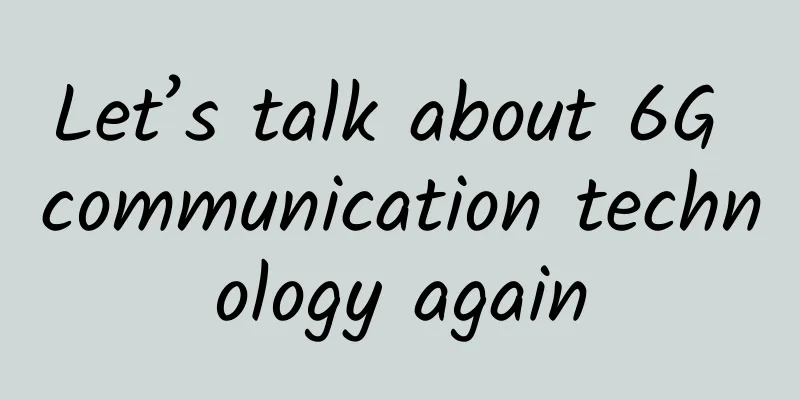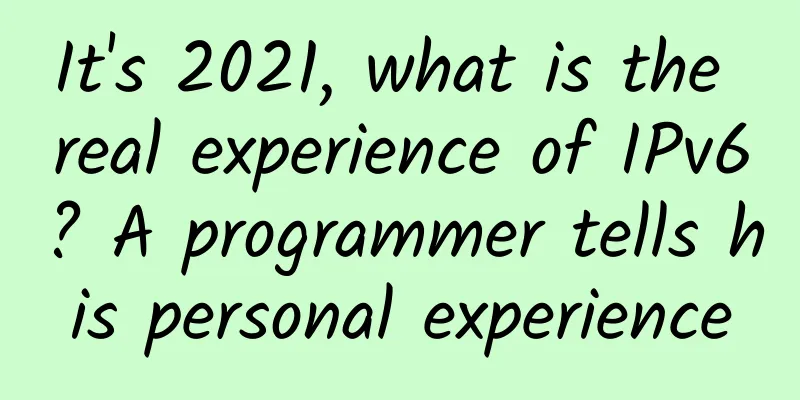How to ensure the secure integration of IT and OT

|
In today's rapidly developing industrial environment, the integration of information technology (IT) and operational technology (OT) has become a key force in promoting the transformation and upgrading of the manufacturing industry. This integration has not only promoted the improvement of production efficiency, but also brought unprecedented cybersecurity challenges. This article aims to explore the current status of IT and OT integration, the cybersecurity risks faced, and propose a feasible security integration strategy. The definition of operational technology (OT) emphasizes its core role in industrial environments, which is to directly monitor and control equipment, assets, processes and events to detect or change physical processes. The application range of this technology covers both hardware and software aspects, and its main purpose is to ensure industrial automation and efficiency. Under this definition, the "direct" role of OT is reflected in its management and operation of industrial control systems, which include but are not limited to programmable logic controllers (PLCs), distributed control systems (DCSs), and supervisory control and data acquisition systems (SCADAs). These systems and technologies together constitute the infrastructure of OT, which is responsible for collecting data, performing automation tasks, and ensuring the continuity and stability of industrial processes. In contrast to OT is information technology (IT), which mainly serves the management level of the enterprise, including hardware, software, network and communication technology. IT systems are responsible for storing, processing and distributing information, ensuring the flow of information and collaboration between departments within the enterprise. Between IT and OT are the Manufacturing Execution System (MES) and the Manufacturing Operations Management System (MOM). These systems act as a bridge, connecting the management and production sites of the enterprise, ensuring the accurate execution of production instructions, while collecting production data and feeding it back to the management to facilitate decision-making and optimize the production process. The Current State of IT and OT IntegrationWith the widespread application of new technologies such as "cloud, big data, Internet of Things, mobile, and intelligence" in the industrial field, the deep integration of IT and OT has become a reality. As a representative of this integration, the Industrial Internet has not only changed the way industrial production is managed, but also had a profound impact on operational decision-making and manufacturing execution. For example, through the implementation of cloud platforms, enterprises can reduce costs, improve equipment safety and predictive maintenance capabilities, and improve the efficiency of business decisions. Cybersecurity risksHowever, with the integration of IT and OT, network security risks have also increased. From the application level, the openness of the industrial Internet exposes the business logic within the enterprise to the network and makes it vulnerable to attack. At the network level, the interconnection of IT and OT networks has brought about the mutual penetration of security risks. For example, the GSM network card used in the IoT terminal has the risk of data being intercepted. At the device level, the vulnerabilities and defects of the industrial control system make it easy for malicious programs to spread. At the data level, the leakage and abuse of sensitive information have become new threats. Security Convergence StrategyTo address these risks, enterprises need to adopt a series of security integration measures. Here are some specific technologies and cases:
The secure integration of IT and OT is an important starting point for the transformation and upgrading of the manufacturing industry. Enterprises should strengthen the standardization of IT and OT technology integration and establish a complete security assurance system. By implementing the above strategies, the security of industrial control systems can be effectively improved and the safe operation of industrial production can be guaranteed. In the future, with the continuous advancement of technology, we look forward to seeing more innovative security solutions to meet the increasingly complex network security challenges. |
<<: The role of active optical networks in enhancing data transmission
>>: Interviewer: Can you tell me why TCP needs three handshakes and four waves?
Recommend
DigitalVirt: Los Angeles AS9929 line starting at 39 yuan/month, 1GB/20G NVMe/1TB monthly traffic
DigitalVirt is a Chinese hosting company founded ...
LoRaWAN for public, private and hybrid networks
Established network connectivity technologies off...
The number of 5G users of South Korea's three major operators has increased, but the network quality has received a lot of complaints
According to data released by market tracker FnGu...
To fight the epidemic, what 5G technical support have China's three major operators provided?
The long Spring Festival holiday has passed. In t...
Opportunities and challenges of the 5G golden frequency band: Is the 700MHz industry chain ready?
Spectrum resources are the core resources for the...
Improve operation and maintenance efficiency: Ansible systemd module operation skills, let you say goodbye to cumbersome command lines!
The systemd module in Ansible is a good helper to...
Learn RTMP and RTSP streaming protocols in seconds
RTMP and RTSP are two common streaming protocols....
Four questions and answers to help you understand the principles and applications of blockchain in seconds
Starting with Bitcoin, the decentralized and data...
Latest version of Riverbed SteelCentral performance monitoring platform released
Riverbed Technology recently announced that the l...
Brocade Expands Data Center Networking Solutions to Accelerate Digital Transformation
Brocade today announced the expansion of the Broc...
Network | 5G secrets that operators don’t want to tell
On November 1, several major domestic operators o...
Science article! What is 5G?
1 Let me start with the reason. Yesterday, I saw ...
Video and Network - Why is 700MHz the golden channel?
Labs Guide 700M is called the "golden freque...
Why Private LTE is a Smarter Choice than 5G
As connected technology continues to advance, bus...
Megalayer: New US home broadband VPS products with 50% discount starting from 80 yuan/month, unlocking multiple application scenarios
Megalayer also launched a new product this month:...

